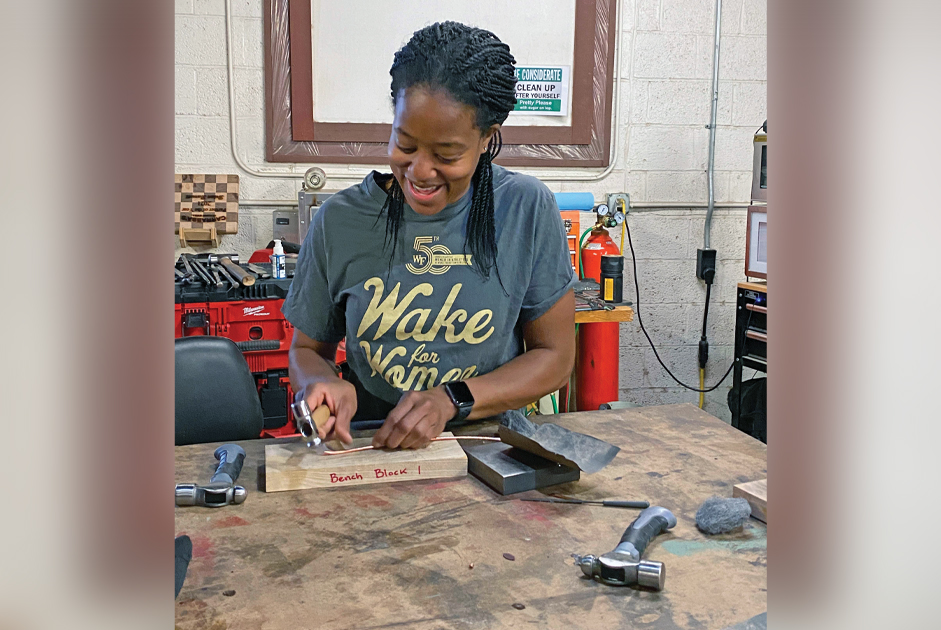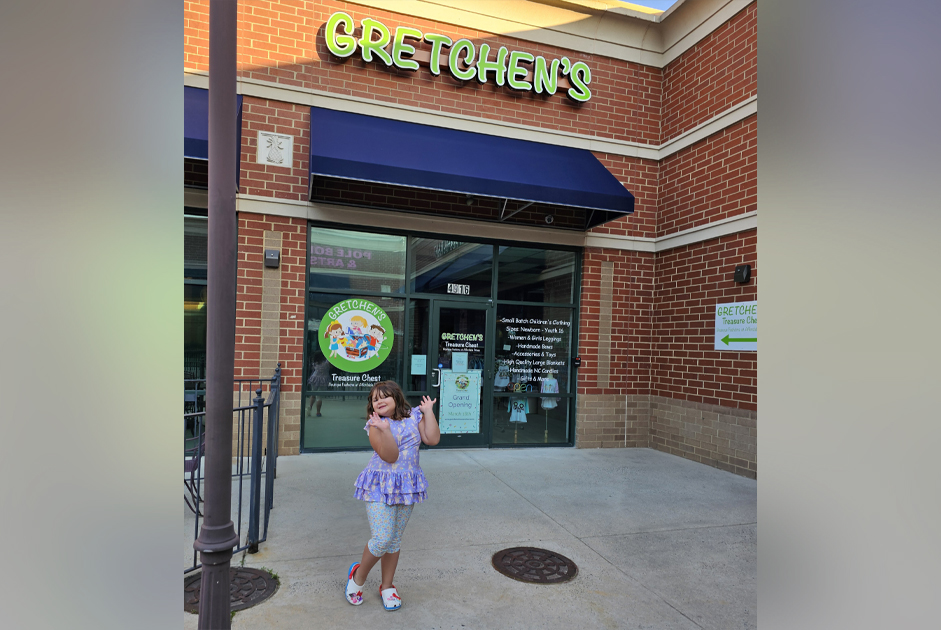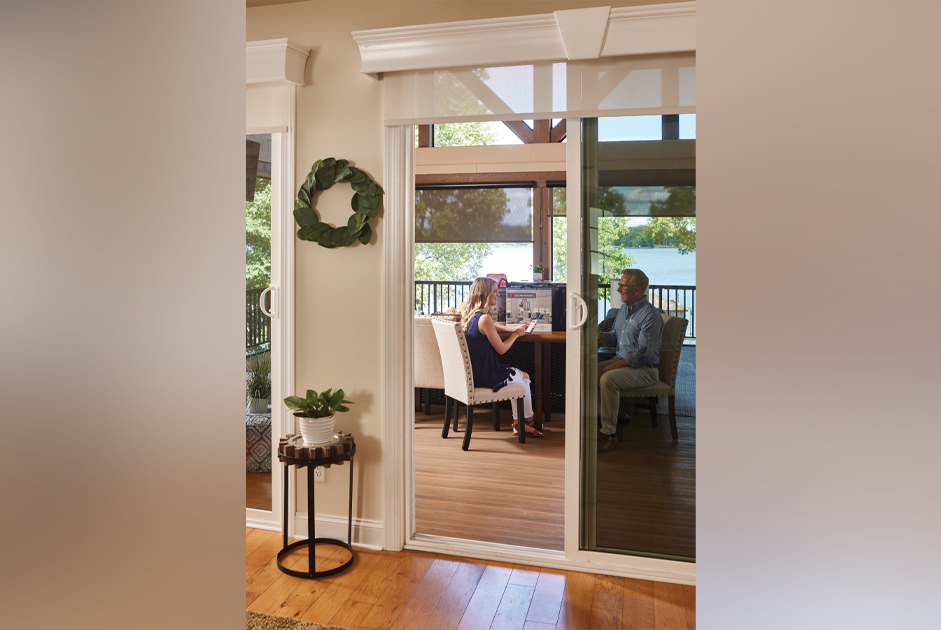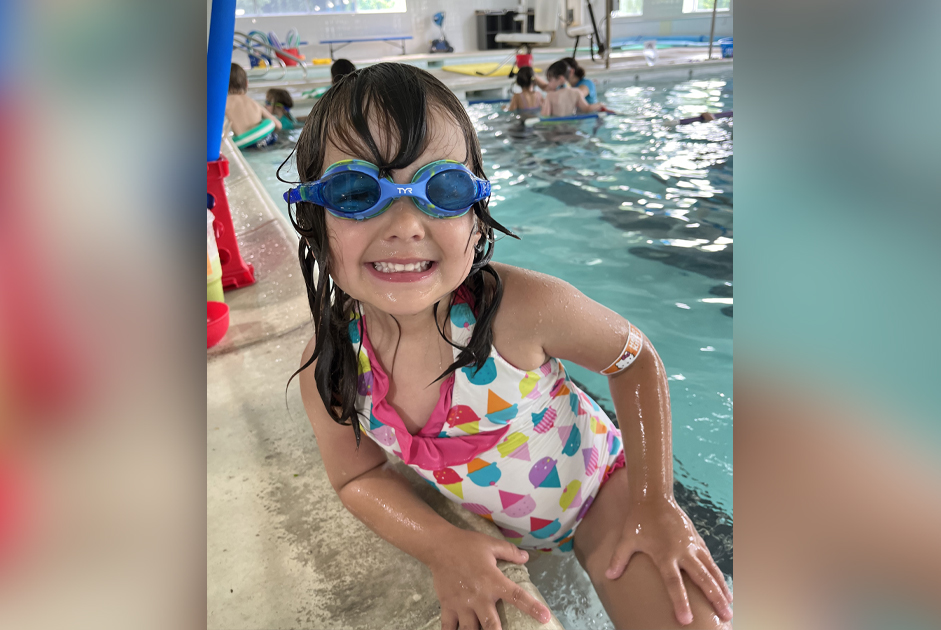BY JEN OLENICZAK BROWN
It’s no secret that kids love the arts. Some will tell you immediately: they are ready to jump up in front of the room, show off their painting, and are over the moon for pipe cleaners, paint, and colored pencils.
The same with the dramatic arts: aside from the class performer who is always looking for a moment to hop up on stage, theatre is a great way to expose young people to difficult situations, and can easily tap the shyest student when the emphasis is on the process and rehearsal over the end product. Improv Theatre (improvisational theatre) is no exception, and in my opinion, has far more positive outcomes.
As a teaching artist, I can safely say that Improv has some of the best results with all kinds of kids, not just the ones that love the arts. Since Improv is all about listening and responding, the focus is on paying attention, not on reading comprehension, which can often stress the most confident kid. Improv brings out three major skills in almost every child:
Public Speaking
Yes, your seven-year-old won’t be hopping in front of a board meeting any time soon. They might be nervous answering questions in class, though. Since Improv is all about just going for it, saying what you notice and having fun, students are building comfort speaking up!
When kids feel comfortable in the wild world of Improv, making things up as they go along and speaking up in front of a group of peers, that skill can do a lot for the ability to answer questions in class.
Honing Creativity
Kids are amazing. They can come up with the zaniest ideas, situations, and problems. Improv hones that off-the-wall creativity into a tight beam of light. With Improv, kids get to be off-the-wall with what they create and come up with. They do need to remember what they create and build on that.
No matter how zany the situation—say they’ve created a land made of candy with giant lollipops as trees, and a dentist is coming to destroy the democracy of sugar. As wild and wonderful as this is, everything created needs to be part of this candy- land reality. Sure, it can be a bit of anything, but there’s a jumping-off point and a basic outline: candy land and dentist takeover, and everything needs to connect.
This honing of creativity only serves to help those moments of “thinking outside the box” in a focused way.
Confidence is Key
The winning side effect? Confidence. I still remember one of my students at Summit Elementary when I was directing the third-grade improvised play. He was a vampire, and I had to coax him every single rehearsal and performance to speak up. He kept going, though, and I’m not sure if it happened that summer during camp or shortly after in after-school class, but one day, it just clicked and he became this outspoken and confident kid that never had to be told to speak up.
That same young man is in the 6th grade now, and every time I see him, I’m reminded of what Improv can do.
There’s no magic formula here, aside from the confidence that comes from failing without consequences. Kids (and adults) fail a lot in Improv—no matter how long they’ve been practicing. The difference in failing during Improv and failing anywhere else: you are encouraged to get comfortable with mistakes. If you’re comfortable with mistakes, you quickly become comfortable with positive risk-taking.
The only caution I offer with introducing Improv to kids: don’t focus on the final product. The joy—and the progress—comes with learning, experimenting, and failing during the process.























